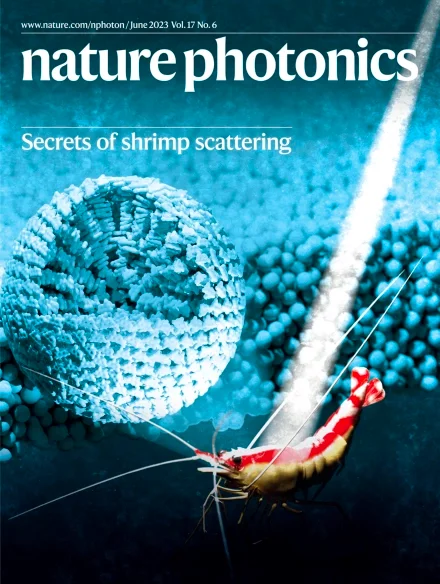Scientists at the Ben-Gurion University of the Negev, Israel have made a significant discovery to explain the bright, white-colored stripes displayed by the Pacific cleaner shrimp. Their findings, published in Nature Photonics, shed light on the molecule responsible for this phenomenon and highlight its relevance to the development of photonic materials.
Bright white stripes observed on Pacific cleaner shrimp have interesting photonic materials properties with applications in solar cells, sensors, and optical displays. Through their investigations, the team identified that the enhanced light propagation arises from densely packed nanospheres made of isoxanthopterin molecules located below the shrimp’s skin. Part of the experiments was performed at the X06SA-PXI beamline at the Swiss Light Source.
The study provides fundamental insights into the role of optical anisotropy in light scattering and suggests potential applications in the development of novel, organic whitening materials.
Contact
Dr. Takashi Tomizaki, Swiss Light Source
Paul Scherrer Institut, 5232 Villigen PSI, Switzerland
Phone: +41 56 310 5129, e-mail: takashi.tomizaki@psi.ch
Additional readings
How this shrimp gets its brilliant white stripe | Research Highlight
A shrimp solves a scattering problem | News and Views
Optical secrets of the natural world | Q&A
Publications
Tali Lemcoff, Lotem Alus, Johannes S. Haataja, Avital Wagner, Gan Zhang, Mariela J. Pavan, Venkata Jayasurya Yallapragada, Silvia Vignolini, Dan Oron, Lukas Schertel & Benjamin A. Palmer (2023) Brilliant whiteness in shrimp from ultra-thin layers of birefringent nanospheres. Nature Photonics, 17, pages485–493
https://doi.org/10.1038/s41566-023-01182-4
